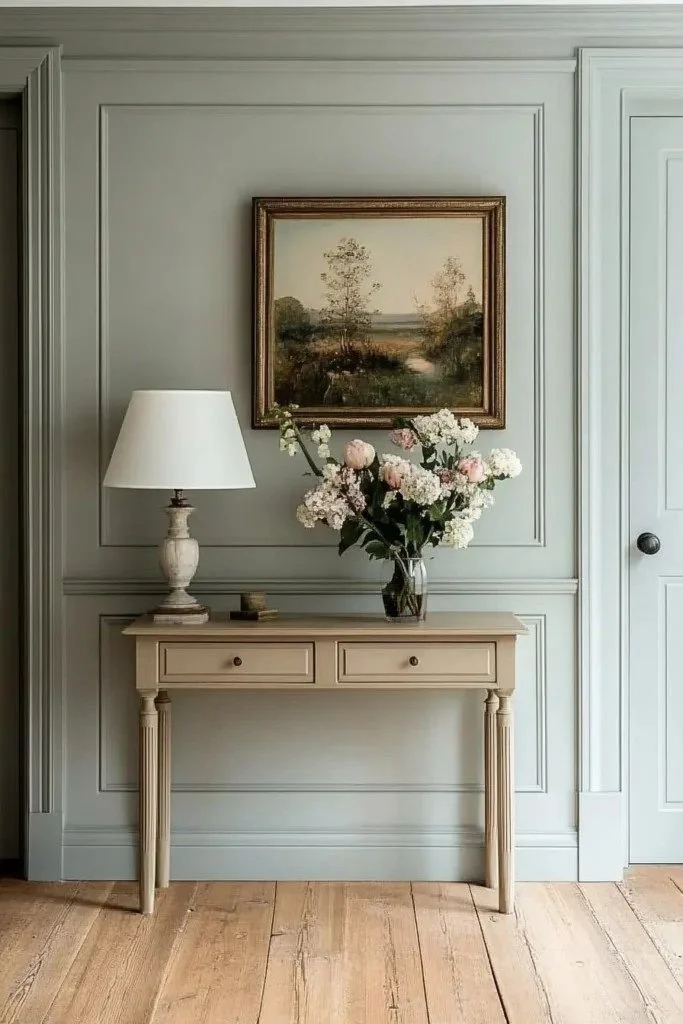What to Look For in Original Craftsmanship: Floors, Moldings, Windows, and More
When you step into an older home, it’s often the little details that set it apart — the worn patina of hardwood floors, the intricate carvings in a banister, or the wavy glass of original windows. These elements are more than decoration; they are the fingerprint of craftsmanship that gives a house its soul. Unfortunately, many homeowners don’t recognize their value until it’s too late, replacing them with mass-produced alternatives that lack the same quality and charm. Here’s what to look for — and why it’s worth preserving.
Original Hardwood Floors
Original hardwood floors tell a story with every footstep. The richness of aged oak, maple, or pine has depth that newer engineered products simply can’t mimic. Many were made from old-growth wood — dense, durable, and nearly impossible to source today. Wide planks, natural grain, and even subtle squeaks all signal authenticity. While scratches or fading may suggest replacement, most floors can be refinished multiple times, restoring their glow and extending their life by decades. Refinishing is cost-effective, keeps waste out of landfills, and preserves the patina — that gentle wear that reflects generations of life lived in a home.
Moldings and Millwork
Crown molding, wainscoting, baseboards, and built-in cabinetry were once hallmarks of skilled carpentry. In older homes, these features are often made from solid wood and cut with precision that today would be expensive to reproduce. Pay attention to depth, proportion, and detailing. Even simple profiles add elegance and character to a room — and when preserved, they give a sense of permanence modern trim can’t match.
Windows with Character
While older windows may be drafty, many were made with old-growth wood that is remarkably durable. Look for divided light panes, unique muntin patterns, or glass with subtle waves or bubbles — signs of historical authenticity. Instead of ripping them out, consider repairing frames and adding storm windows for efficiency. Preserving original windows often costs less than full replacements while maintaining architectural integrity.
Doors and Hardware
Solid wood doors with paneling, carvings, or glass inserts are treasures worth saving, as are built-in cabinets made from solid wood. Original hardware — brass knobs, skeleton key locks, decorative hinges, or cabinet pulls — adds character that modern replacements can’t match. These tactile details create a sense of history, while generic substitutes often feel hollow and lack authenticity.
Staircases and Railings
Handcrafted staircases are structural art. From turned balusters to gracefully curved railings, these features were built to last and to be admired. Even if the finish is worn or the railing feels loose, restoration can return these elements to their original beauty. Preserving a staircase not only enhances daily use but also becomes a centerpiece of the home.
Why It Matters
Original craftsmanship represents both quality and cultural value. These details were created in an era when homes were built to endure, not to be replaced every few decades. Preserving them keeps materials out of landfills, honors the history of the home, and provides homeowners with unique character that can’t be bought off the shelf.
Our Perspective
At Heritage Home Company, we believe these original details are the soul of a home. By identifying and restoring features like hardwood floors, millwork, windows, and staircases, we help homeowners embrace both beauty and sustainability. Every element preserved is one less piece of history lost — and one more reason your home stands apart..



